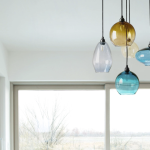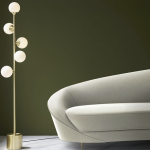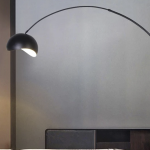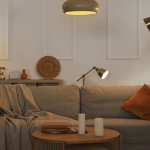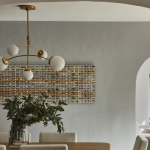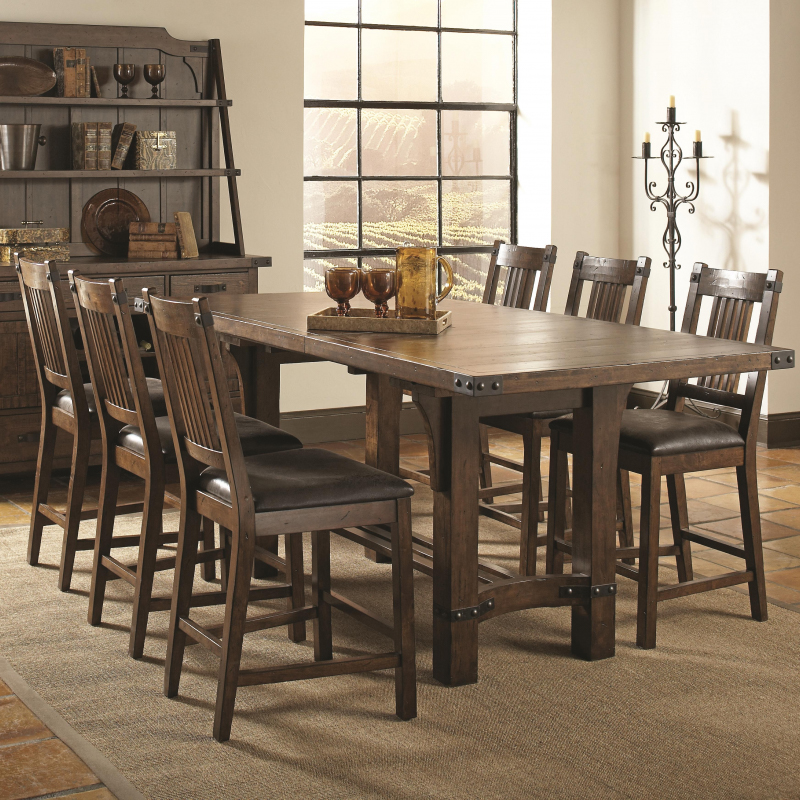
Lighting is a key element in any interior design, and pendant lights have become a popular choice for adding both functionality and style to a space. Designer pendant lights, in particular, offer a unique and luxurious look that can be customized to fit any design aesthetic. In this article, we will explore the benefits and advantages of using designer pendant lights in your home or business.
What are Designer Pendant Lights?
Designer pendant lights are fixtures that hang from the ceiling using a cord, chain, or rod. They come in a variety of materials, shapes, and sizes, from simple and minimalist to intricate and ornate. What sets designer pendant lights apart is the attention to detail and craftsmanship, often featuring high-quality materials like glass, metal, or crystal. These lights are designed to make a statement and enhance the overall design of a room, rather than just provide functional lighting.
Advantages of Designer Pendant Lights
There are several advantages to using designer pendant lights in your space:
- Customizable: With a wide range of styles and materials available, designer pendant lights can be customized to fit any design aesthetic.
- Focal Point: A well-designed pendant light can serve as a focal point in a room, adding visual interest and drawing the eye upward.
- Functionality: Pendant lights are an effective way to provide task lighting in specific areas, such as above a kitchen island, dining table, or work desk.
- Ambiance: Pendant lights can set the mood and atmosphere in a space. Dimming features or colored bulbs allow for endless options in creating an ambiance that suits the occasion.
- Space-Saving: Pendant lights take up minimal space compared to floor lamps or chandeliers, making them a practical choice for smaller rooms.
How to Incorporate Designer Pendant Lights in Your Space
The key to incorporating designer pendant lights in your space is to choose the right style and size for the room. Consider the overall design aesthetic and choose a pendant light that complements it, rather than detracting from it. Choose the appropriate size of the light fixture for the space, being mindful not to choose a light that is too large or too small.
Another consideration is the height at which the pendant light is hung. The ideal height will depend on the room and the intended use of the light. For task lighting, pendant lights should be hung lower, while for general lighting purposes, they can be hung higher for a more dramatic effect.

